Media
Thawing permafrost threatens up to three million people in Arctic regions
First comprehensive pan-Arctic study of social impacts of thawing permafrost soils
First comprehensive pan-Arctic study of social impacts of thawing permafrost soils
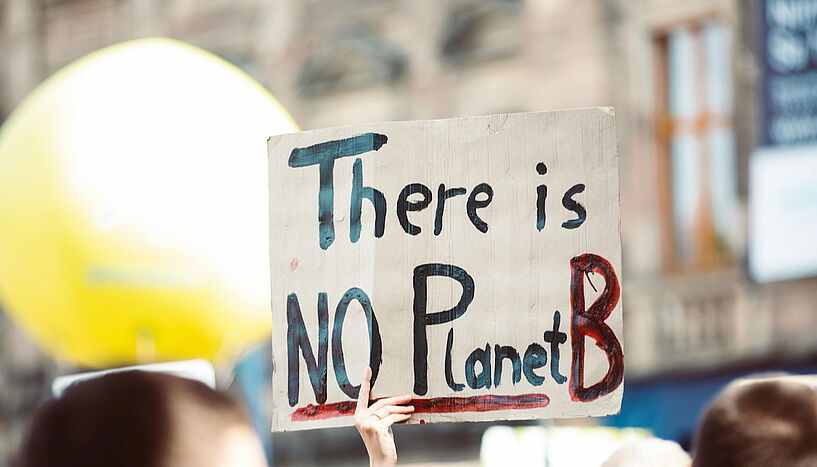
A new study clearly shows how important it is to emphasize consensus among climate scientists
26.08.2024 | [weiter]
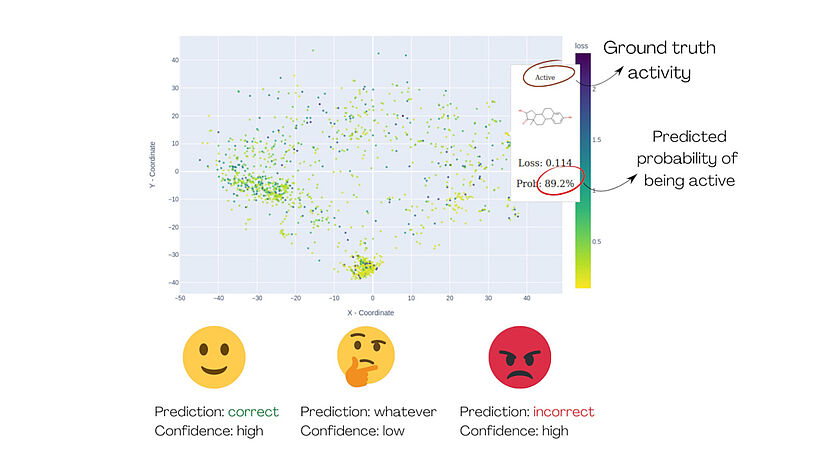
Scientists Develop Smart Software Tool for Chemical Risk Evaluation
20.08.2024 | [weiter]
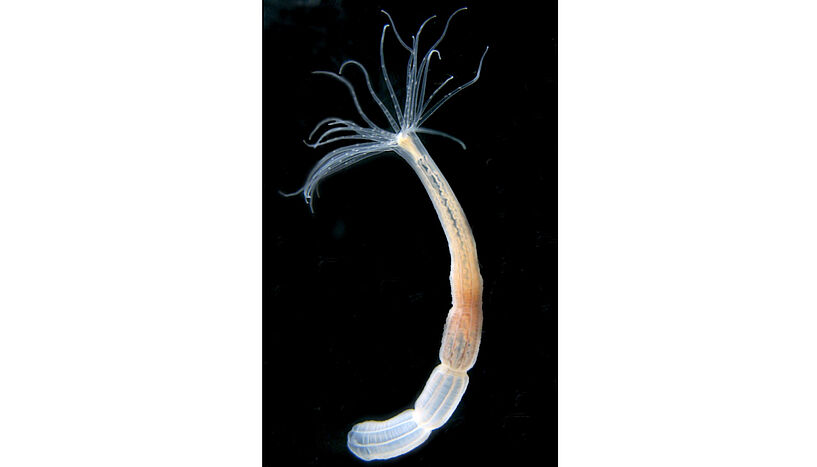
Sea anemone regulates stem cells through evolutionarily conserved genes
19.08.2024 | [weiter]
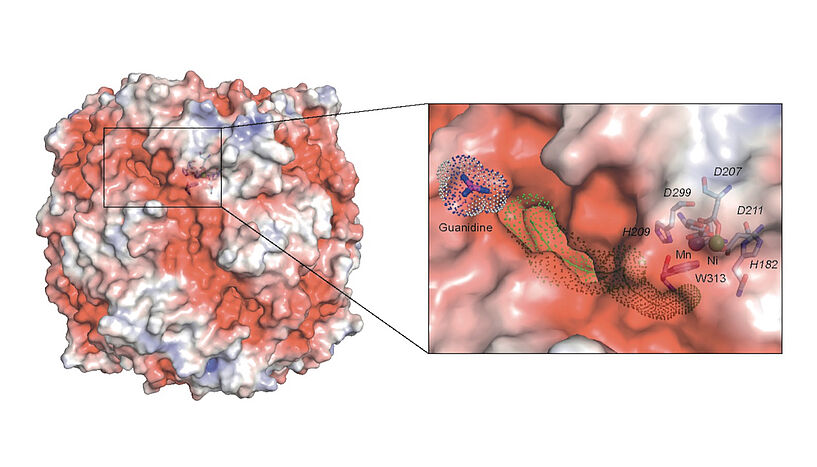
Research team identifies unconventional energy source for recently discovered "green" nitrifying bacteria
14.08.2024 | [weiter]
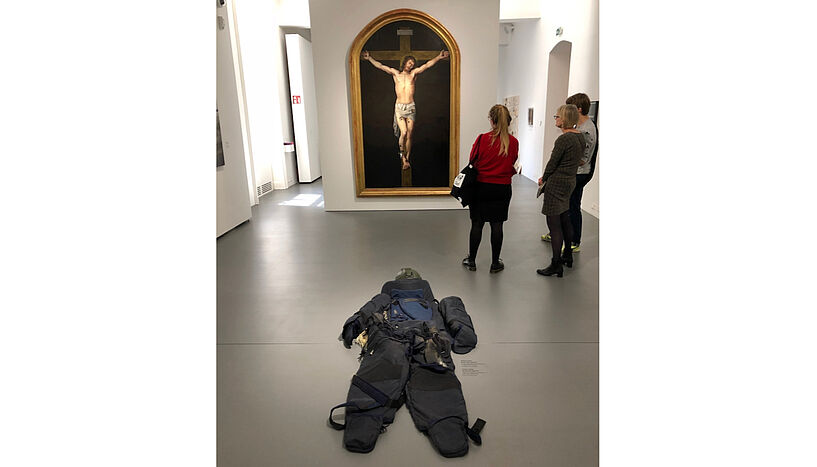
Vienna Scientists find that visiting an art exhibition can make people more reflective and willing to help others for up to a week
06.08.2024 | [weiter]
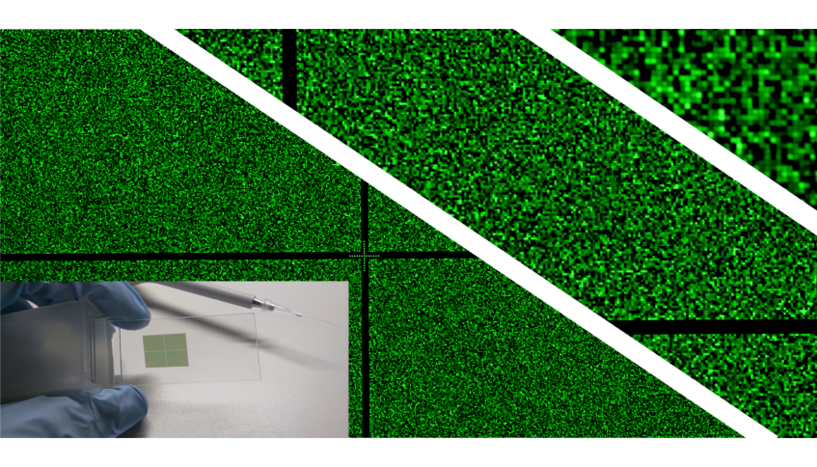
Research team achieves breakthrough: chemical synthesis of high-density RNA microarrays now faster and more efficient
31.07.2024 | [weiter]

The reason for this might be the feeling of joint social group membership
30.07.2024 | [weiter]
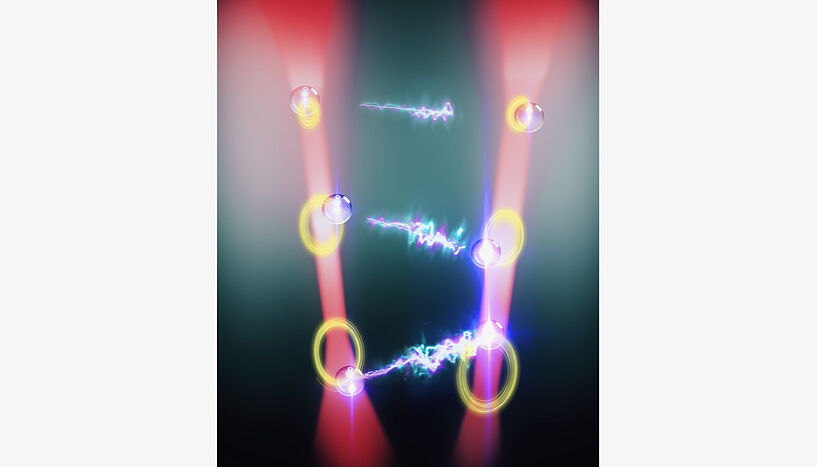
Predator-prey analogy: Novel interaction between particles enabled
25.07.2024 | [weiter]